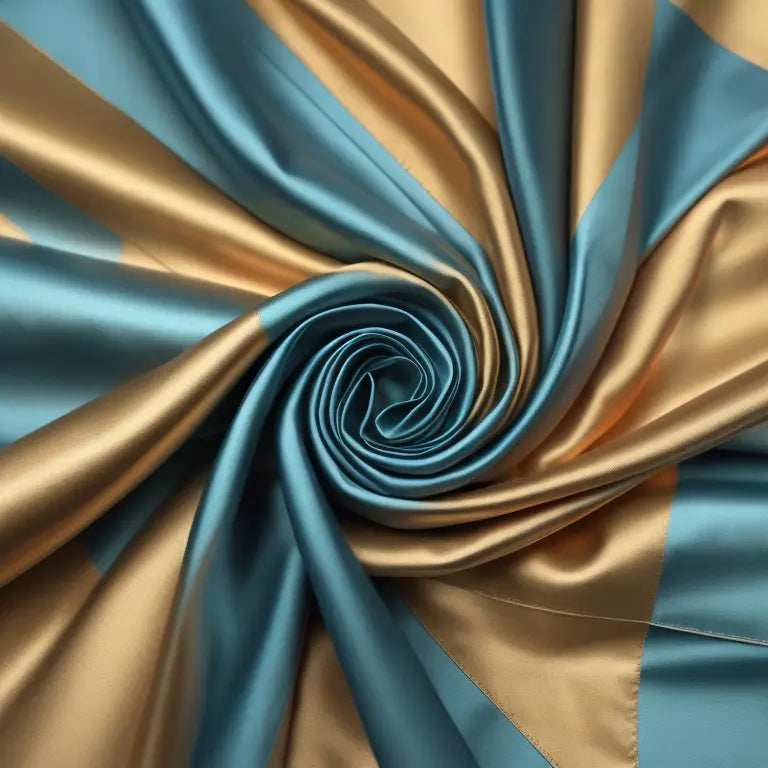Have you ever wondered why silk is often associated with luxury and elegance? Why is it that silk products come with a higher price tag compared to satin? In this blog post, we will explore the reasons behind the price difference and unravel the secrets of silk's allure.
What Makes Silk So Special?
Silk is a natural fiber that is derived from the cocoons of silkworms. It has been prized for centuries for its lustrous appearance, smooth texture, and incredible softness. The production of silk involves a meticulous process that requires skilled craftsmanship and attention to detail.
Unlike silk, satin is a weave, not a fiber. It can be made from various materials, including silk, polyester, or nylon. While satin can mimic the luxurious look of silk, it lacks the natural properties that make silk truly exceptional.
The Labor-Intensive Process
One of the main reasons why silk is more expensive than satin is the labor-intensive process involved in its production. Silk production begins with the careful cultivation of silkworms, which feed on mulberry leaves. The silkworms then spin their cocoons, which are carefully harvested to obtain the silk fibers.
Each cocoon contains a single silk filament that can stretch up to 900 meters in length. To obtain a usable thread, these filaments need to be carefully unraveled and spun together. This delicate process requires great skill and precision, making silk production a time-consuming and labor-intensive endeavor.
Natural Properties and Benefits
Another factor that contributes to the higher cost of silk is its natural properties and benefits. Silk is known for its hypoallergenic properties, making it an excellent choice for those with sensitive skin. It is also highly breathable, allowing air to circulate and regulate body temperature.
Furthermore, silk has moisture-wicking properties, which means it can absorb and release moisture, keeping you cool and dry throughout the night. This makes silk an ideal fabric for bedding and sleepwear.
The Exclusivity Factor
Silk's exclusivity also plays a role in its higher price. The limited availability of silk contributes to its luxurious appeal. Silk production requires specific climatic conditions and a labor-intensive process, making it a relatively rare commodity.
Additionally, the demand for silk has always been high due to its association with luxury and elegance. This high demand, coupled with limited supply, drives up the price of silk products.
Investing in Quality
When you purchase silk products, you are not just buying a fabric; you are investing in quality and luxury. Silk's exceptional properties, labor-intensive production process, and exclusivity all contribute to its higher price tag.
So, the next time you come across a silk product with a higher price compared to satin, remember the craftsmanship, natural properties, and exclusivity that make silk truly worth the investment.





Leave a comment
All comments are moderated before being published.
This site is protected by hCaptcha and the hCaptcha Privacy Policy and Terms of Service apply.